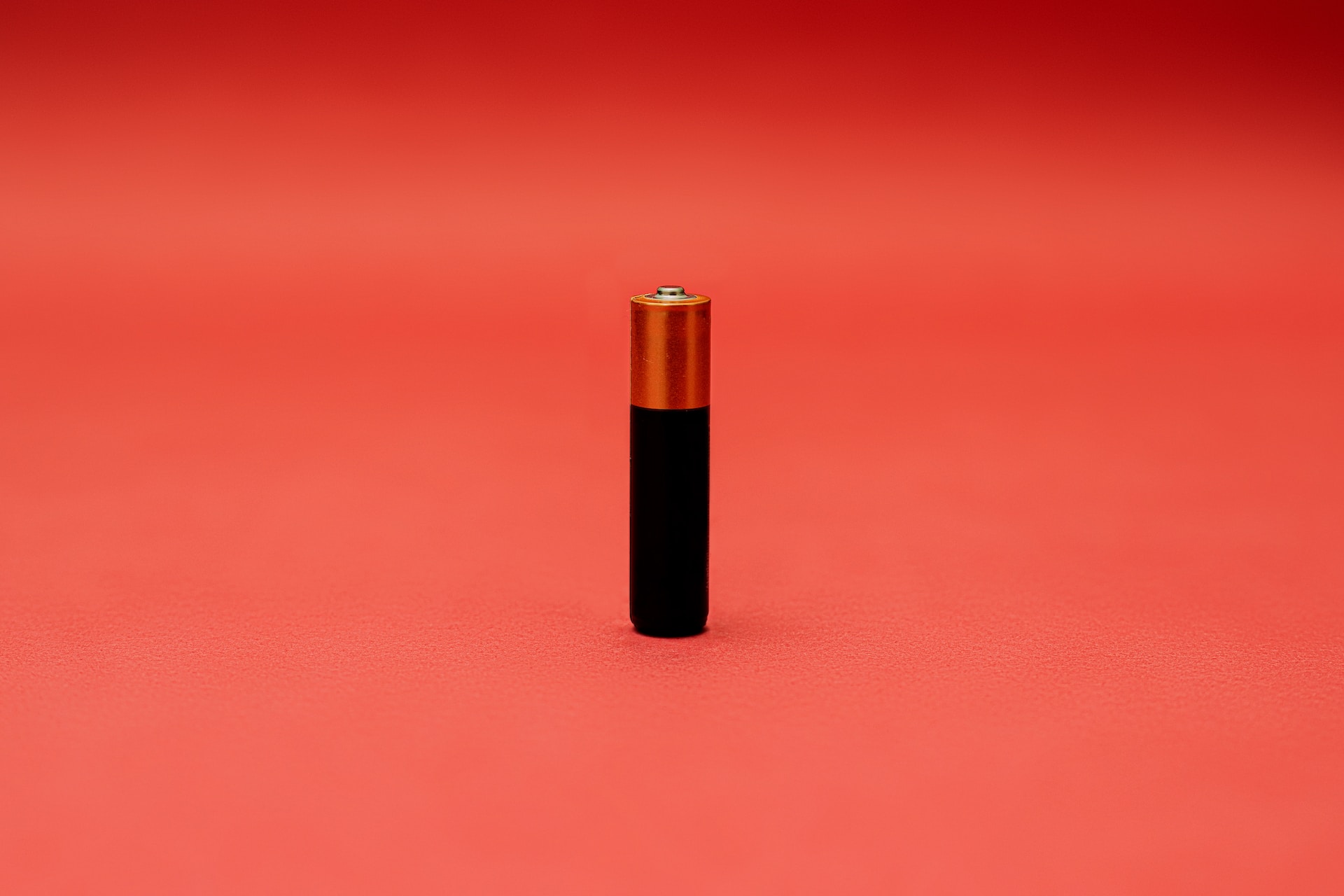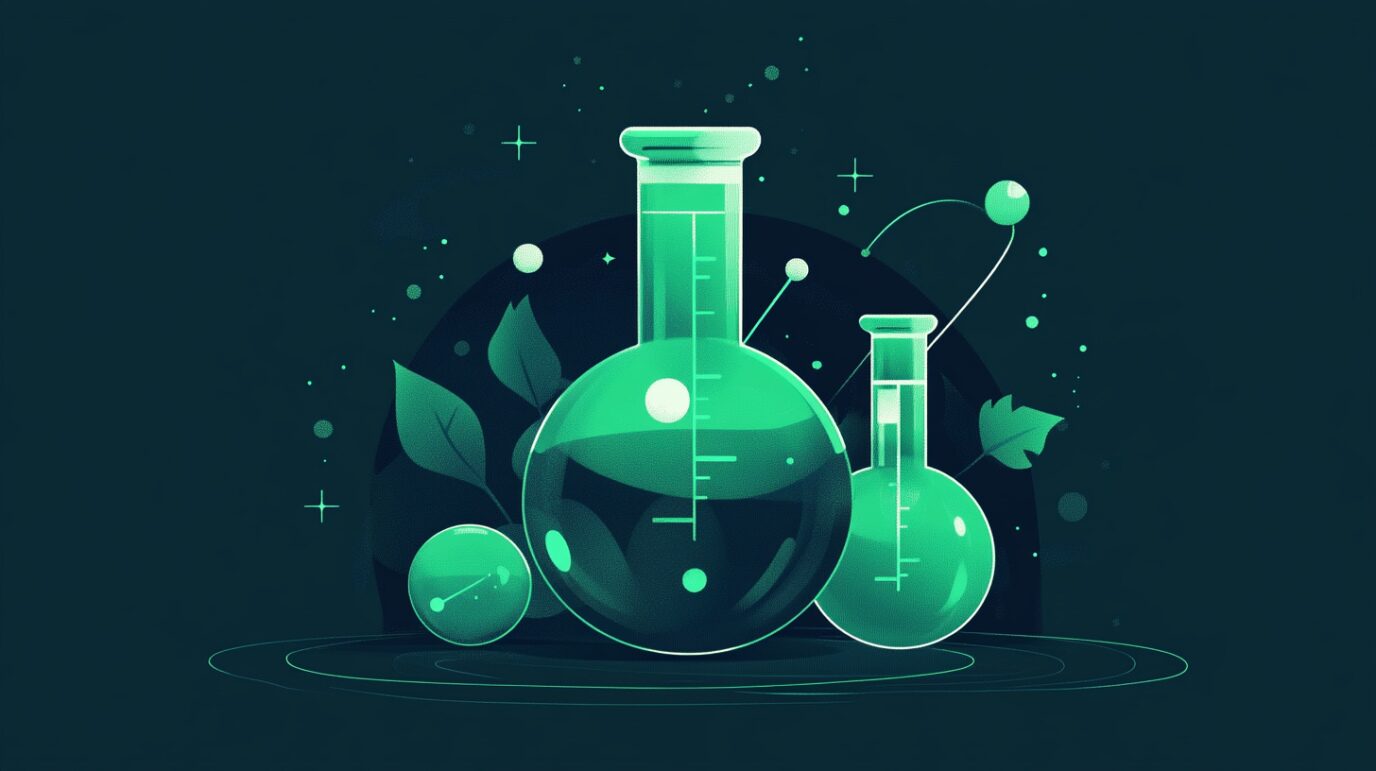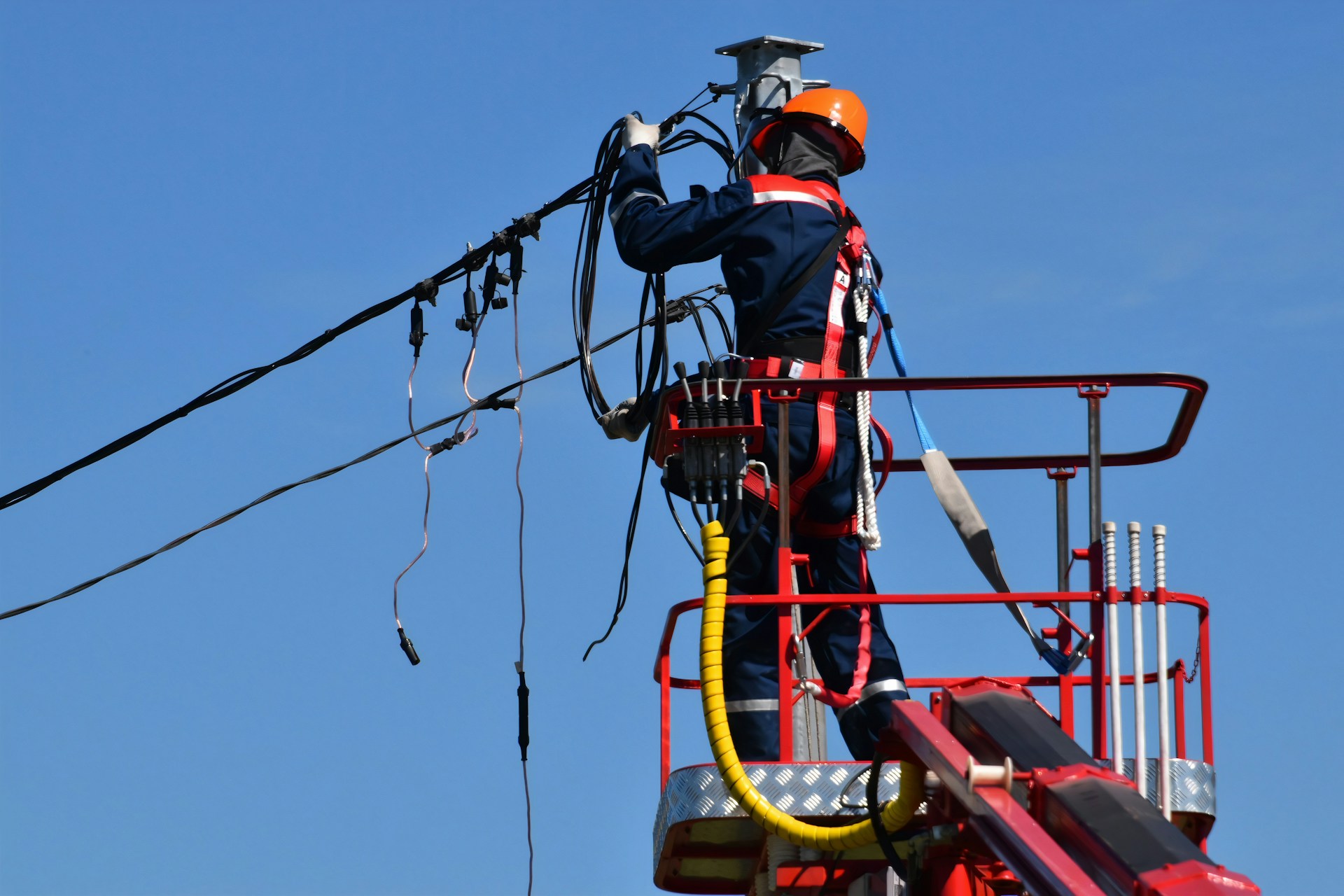
Flow Batteries Can Power the Clean Energy Transition
November 26, 2023 - Ellie Gabel
Revolutionized is reader-supported. When you buy through links on our site, we may earn an affiliate commission. Learn more here.
Although many people have never heard about flow batteries before, they’re critical — they could provide the boost the clean energy transition needs.
What Are Flow Batteries?
Flow batteries are rechargeable electrochemical devices that produce chemical energy. Basically, they transfer electrons from one liquid solution to another to produce electricity. Once completely discharged, they can store power from renewable sources. The entire process is known as a redox reaction — an oxidation-reduction reaction.
How Does a Flow Battery Work?
The inner workings of flow batteries are relatively simple, but they sound overly technical. They have one tank with positive liquid electrolyte and another with negative liquid electrolyte. The tanks circulate the substance through separate pumps. While they technically connect, a membrane separates the two solutions.
Both contain dissolved electrochemically active species — a concentration of molecules or atoms that interact with electrons — that oxidize or reduce interchangeably. Basically, while one species oxidizes by releasing electrons, the other reduces by gaining them. They swap roles depending on whether the battery is discharging electricity or charging.
A flow battery produces chemical energy by mixing the dissolved chemical components in the electrolyte solution. The resulting solutions circulate independently through the pumps through separate electrodes. During the discharge reaction process, ions pass through the membrane.
While the two tanks can hold different chemical solutions, the most common method involves just one — vanadium. People use this component in flow batteries because it has a high energy output relative to comparable materials. Plus, it never degrades — you could use the same stuff for a century or more and see no drop in usability.
Why People Choose Flow Batteries Over Alternatives
One of the best things about flow batteries is their scalability. Since the battery capacity and reaction areas — meaning the energy storage and the discharge rate — are located in different places, they’re not tied together. Essentially, someone can upgrade one or the other without needing to adjust the entire device.
Also, it’s very inexpensive to run one of these devices. In fact, they have one of the lowest costs per kilowatt-hour of any battery. Mainly, it’s because they’re rechargeable. When a flow battery is fully discharged, renewable energy drives the active species to release electrons and return to the original side. Basically, a charge forces the cycle to reset so people can reuse it.
Flow Batteries Power the Clean Energy Transition
Although much of the world is trying to transition to clean energy, a few lingering technical limitations hold everyone back. For example, the United Kingdom wasted 1.35 billion kilowatt-hours of electricity in a four-month span in late 2022 because it didn’t have enough storage. As a result, it lost valuable energy that could’ve powered over 1 million homes.
If the country had flow batteries for storage, it could have avoided the entire situation. Even if it didn’t have an overabundance of electricity, these devices are still beneficial. After all, they can hold onto the excess energy for periods when it’s too cloudy or still for renewables to work.
While some people argue other batteries can do the same job, they’re not necessarily correct. For instance, lithium-ion batteries aren’t suitable for renewables’ long-term energy storage needs. A vanadium flow battery is one of the few options that doesn’t degrade, is rechargeable and is good for the environment.
Flow batteries have many recyclable components, an incredibly long lifetime and a minor environmental impact. Plus, they don’t degrade during overcharging or depletion — unlike other batteries that quickly wear down when they reach a full charge or empty completely.
Flow Batteries Are an Untapped Resource
While the average person has heard of lithium-ion or lead-acid batteries before, not many have heard of a flow battery — they’re essentially untapped resources. According to some experts, flow batteries could store 61 Megawatt-hours of electricity annually — producing tens of billions of dollars in value — by 2030.
These batteries have an incredibly long lifespan, low environmental impact and high storage capacity. Really, it almost sounds too good to be true — if they’re so incredible, why aren’t they widespread? Frankly, it’s because the material that makes them so valuable is tough to come by. As great as these things are, they have some limitations.
Vanadium gives flow batteries their long life span and high reusability. Without it, the solutions can degrade quickly because components sometimes mix when they shouldn’t. Accidental crossover typically causes extra discharges and lowers the storage capacity. However, vanadium devices are basically immune to this process because they use the same liquid solution at different oxidization states.
While this wonder material is necessary for the batteries, it’s hard to get. For instance, one source valued it at around $49,000 per metric ton in early 2022. What’s more, the market is extremely volatile because it’s relatively rare and difficult to mine — if prices don’t stabilize, there’s no way countries will make flow batteries their standard for clean energy storage.
How Can Flow Batteries Become the New Standard?
Governments and energy sectors are wary of adopting flow batteries because of the fluctuating cost of vanadium. After all, there’s no point in standardizing if it leads to chaos instead of progress. In an ideal world, researchers would get the funding to find a vanadium alternative.
However, it seems the best solution for the time being is to make vanadium more accessible. Although free markets are foundational to many countries, it might be time for governments and regulatory agencies to step in for the good of the planet.
At the very least, strict price caps on privately owned sources of vanadium would help the flow battery become more widespread. However, countries should also consider directing government funds into finding and sourcing the material.
Even though flow batteries aren’t the sole key to a speedy transition to clean energy, they would make the process much easier. After all, their long lifespans, low environmental impact and scalable storage capacities are unparalleled. If countries used them to build massive collections of excess renewable energy, the scales could finally tip toward a clean, green future.
The World Needs the Flow Battery
Although flow batteries aren’t the perfect invention, they could boost the transition to clean energy. They’re a fantastic alternative that couldn’t have come at a better time — all that’s left to do is to find a way to make them the standard.
Revolutionized is reader-supported. When you buy through links on our site, we may earn an affiliate commission. Learn more here.
Author
Ellie Gabel
Ellie Gabel is a science writer specializing in astronomy and environmental science and is the Associate Editor of Revolutionized. Ellie's love of science stems from reading Richard Dawkins books and her favorite science magazines as a child, where she fell in love with the experiments included in each edition.







